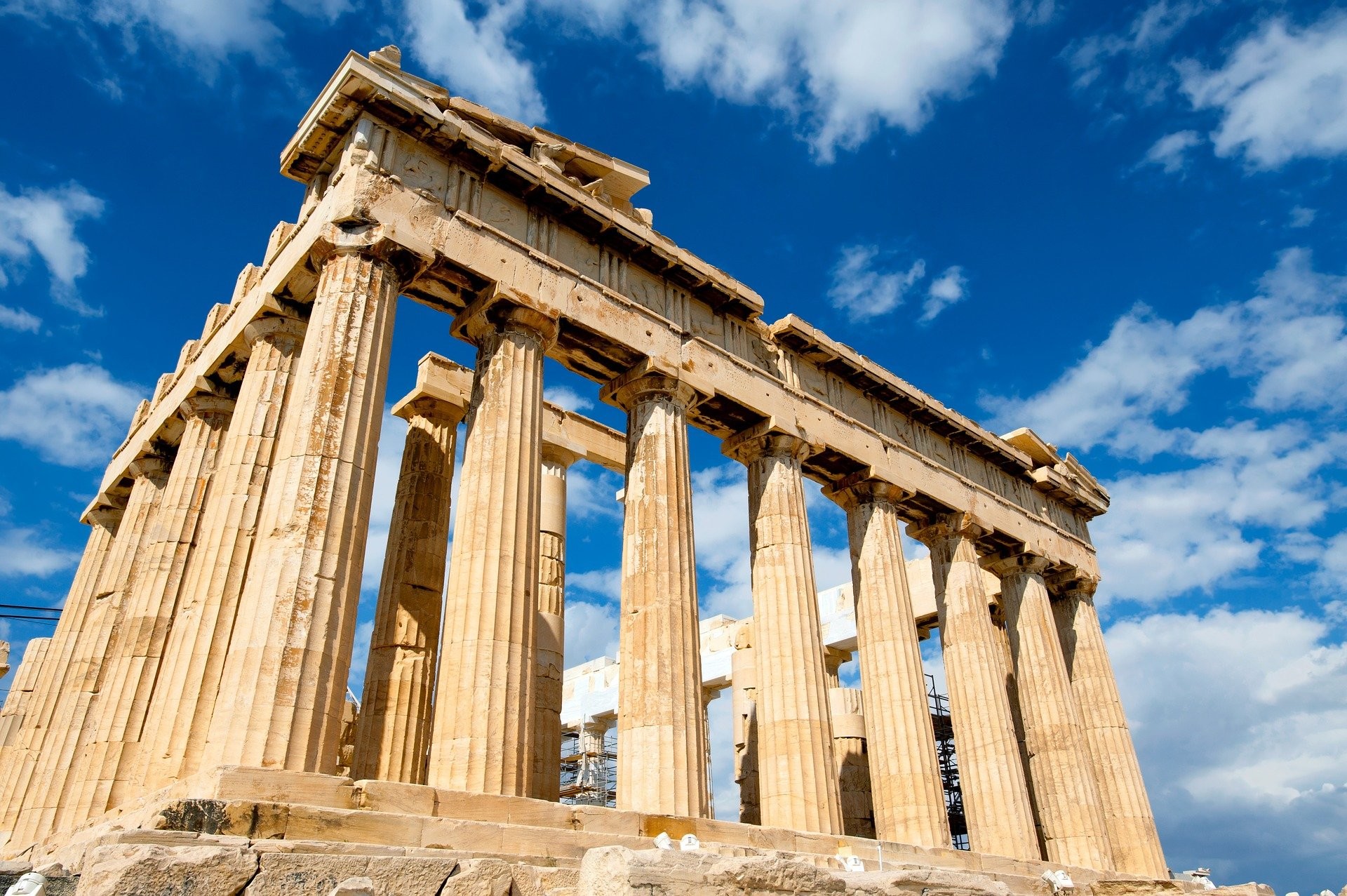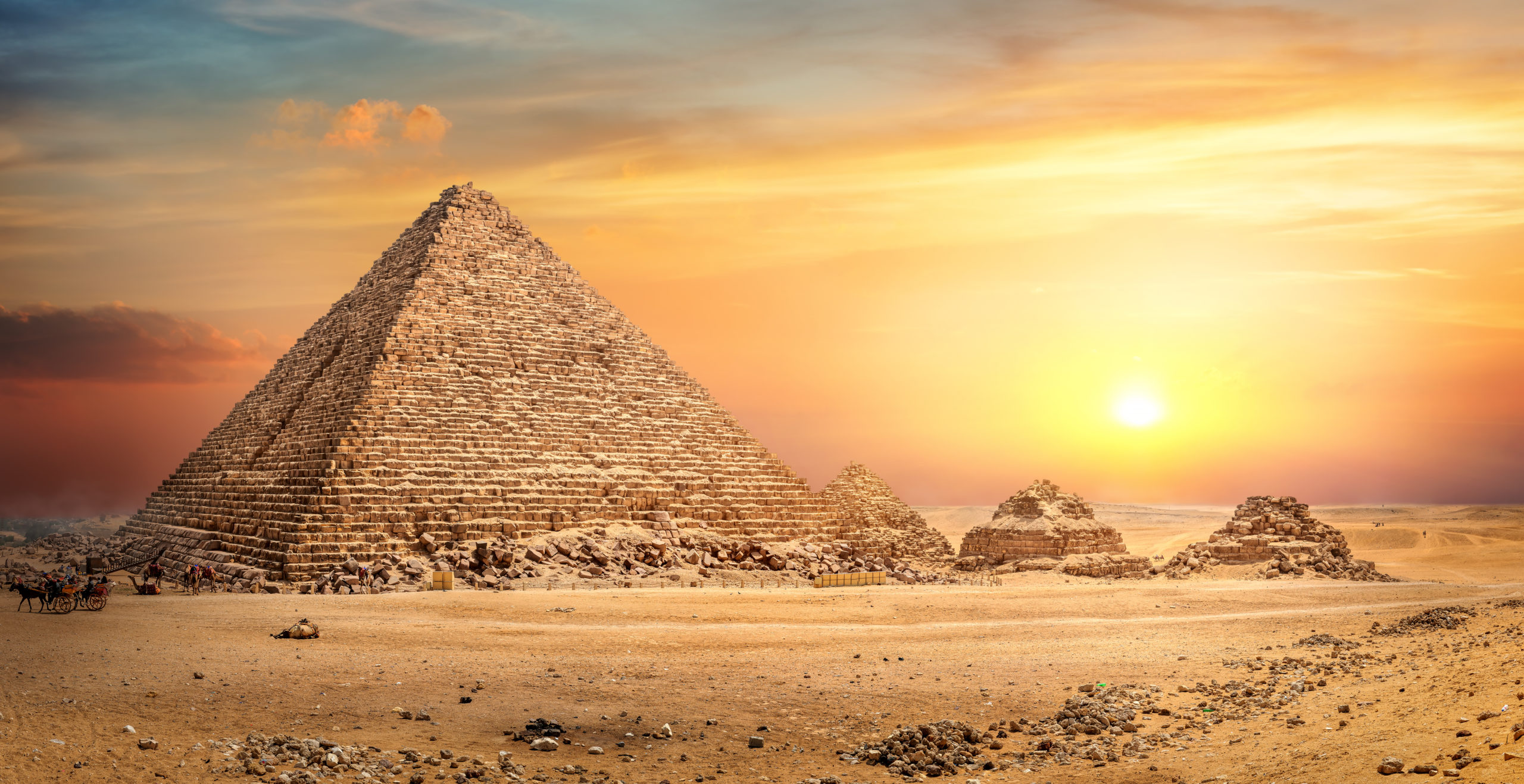Unveiling Chepsaita: An Ancient Wonder Of Kenya Rich In Archaeological Treasures
Unveiling Chepsaita: An Ancient Wonder Of Kenya Rich In Archaeological Treasures
Editor's Notes: "Unveiling Chepsaita: An Ancient Wonder Of Kenya Rich In Archaeological Treasures" have published today date". Give a reason why this topic important to read.
Explain our effort doing some analysis, digging information, made Unveiling Chepsaita: An Ancient Wonder Of Kenya Rich In Archaeological Treasures we put together this Unveiling Chepsaita: An Ancient Wonder Of Kenya Rich In Archaeological Treasures guide to help target audience make the right decision.

November 2021 Issue - Source www.nationalgeographic.com
Key differences or Key takeways, provide in informative table format
Transition to main article topics
FAQ
Unveiling Chepsaita: An Ancient Wonder Of Kenya Rich In Archaeological Treasures. A common question concerns the accuracy and reliability of the archaeological findings. It's important to emphasize that the excavations and research at Chepsaita adhere to strict scientific protocols. Renowned archaeologists and experts have meticulously analyzed the artifacts and structures, ensuring the accuracy and credibility of the findings.

Unveiling the Mysteries of Ancient Egypt: - One News Page VIDEO - Source www.onenewspage.com
Question 1: How do we know that the artifacts and structures found at Chepsaita are authentic and not reproductions?
Answer: Authenticity is a primary concern in archaeological research. At Chepsaita, the excavation team employs rigorous methods to ensure the authenticity of its findings. Artifacts are carefully documented, photographed, and analyzed using scientific techniques. This process helps rule out the possibility of reproductions or forgeries.
Question 2: What measures are being taken to preserve the archaeological site and its artifacts for future generations?
Answer: Preserving Chepsaita's archaeological heritage is paramount. The site is under the protection of the National Museums of Kenya, which implements strict conservation measures. Artifacts are carefully stored in climate-controlled facilities, and the site itself is regularly monitored to prevent damage or looting.
Question 3: How can visitors access the Chepsaita archaeological site?
Answer: Visitors are welcome to explore the Chepsaita archaeological site. Guided tours are available, providing insights into the site's history, significance, and ongoing research. Accessibility features are also in place to ensure that everyone can enjoy the experience.
Question 4: What educational opportunities are available for students and researchers at Chepsaita?
Answer: Chepsaita offers a wealth of educational opportunities. School groups can arrange educational tours tailored to their curriculum. Researchers are also welcome to conduct studies in collaboration with the National Museums of Kenya, contributing to the ongoing exploration and understanding of this ancient site.
Question 5: How is the local community involved in the preservation and management of the Chepsaita site?
Answer: Local communities play a vital role in safeguarding Chepsaita's heritage. They participate in conservation efforts, share their knowledge and traditions, and benefit from tourism opportunities. The National Museums of Kenya works closely with local communities to ensure their involvement and support.
Question 6: What is the potential impact of the Chepsaita archaeological discovery on Kenya's tourism industry?
Answer: The Chepsaita discovery is a significant boost for Kenya's tourism. It adds a unique and compelling destination to the country's tourism offerings. Visitors from around the world are eager to experience this ancient wonder, contributing to economic development and promoting cultural heritage.
In conclusion, Chepsaita's archaeological treasures shed light on Kenya's rich past and contribute to our understanding of human history. Its preservation and accessibility ensure that future generations can appreciate its significance, while its educational and tourism potential benefit local communities and the wider world.
Tips
Before embarking on a journey to Chepsaita, it is advisable to plan and prepare effectively. Following these tips will enhance your exploration and contribute to a rewarding experience:
Tip 1: Secure a Qualified Guide
Engaging the services of a knowledgeable guide is invaluable. They possess an intimate understanding of the site's history, archaeology, and can provide insightful commentary, enriching your visit.
Tip 2: Proper Footwear and Clothing
Chepsaita's terrain involves traversing rocky areas and uneven surfaces. Wear sturdy and comfortable hiking shoes. Additionally, dress in clothing that protects you from the sun and insects.
Tip 3: Carry Water and Refreshments
Stay hydrated during your exploration by bringing ample water. Carry snacks or a packed lunch to sustain yourself throughout the day.
Tip 4: Respect the Archaeological Site
Chepsaita is a protected archaeological site. Refrain from touching or removing any artifacts or disturbing the natural surroundings. Preserve the integrity of the site for future generations.
Tip 5: Allow Ample Time
Exploring Chepsaita's vast expanse requires sufficient time. Dedicate at least half a day to fully appreciate the site's wonders, ensuring you have time to explore the caves, admire the rock art, and absorb the historical significance.
Summary
By adhering to these tips, individuals can optimize their experience at Chepsaita, gaining a deeper understanding of its archaeological treasures and the rich cultural heritage it represents.
Unveiling Chepsaita: An Ancient Wonder Of Kenya Rich In Archaeological Treasures
Chepsaita is a captivating archaeological site in Kenya, renowned for its wealth of ancient treasures and historical significance. Unveiling its secrets has shed light on various aspects of the region's past.
- Early Explorations: Chepsaita's initial discovery dates back to the early 20th century.
- Cultural Heritage: The site showcases diverse cultural influences, including Bantu and Cushitic communities.
- Iron Age Settlements: Excavations have revealed remnants of Iron Age settlements, providing insights into the region's metallurgical practices.
- Trade Hub: Chepsaita served as a vibrant trade hub, connecting coastal communities with the interior.
- Environmental Significance: The site's location offers valuable clues about past climatic conditions and human adaptation.
- Tourism Potential: Chepsaita's archaeological significance and picturesque surroundings attract tourists, contributing to its preservation.

KENYA TRAVEL GUIDE 2023/2024: Unveiling Hidden Treasures, Embracing - Source www.goodreads.com
These key aspects highlight the multifaceted nature of Chepsaita, weaving together cultural, historical, and environmental narratives. The site continues to captivate researchers and visitors alike, promising further revelations about the rich tapestry of Kenya's past.

Discover the Wonders of Ancient Greece - Source www.inyourpocket.com
Unveiling Chepsaita: An Ancient Wonder Of Kenya Rich In Archaeological Treasures
Chepsaita is a remarkable archaeological site in Kenya that holds a treasure trove of ancient artifacts and structures. Its significance lies in the insights it offers into the rich cultural heritage and history of the region. Archaeological excavations have uncovered a wealth of artifacts, including ceramic pottery, stone tools, and iron implements, which provide valuable information about the daily lives and technological advancements of the inhabitants. The presence of architectural remains, such as house foundations and enclosures, further contributes to our understanding of their settlement patterns and social organization.

Phila-cité des Adorateurs • Egypte, Lieu de mon élévation - Source phila-ca.com
The discovery of Chepsaita has not only shed light on the past but also has practical implications for the present. By preserving and studying this site, we can gain insights into our shared human heritage and foster cultural appreciation. Additionally, the site has the potential to attract tourists and researchers, contributing to local economic development and promoting cultural tourism.
Understanding the connection between "Unveiling Chepsaita: An Ancient Wonder Of Kenya Rich In Archaeological Treasures" is crucial as it highlights the importance of preserving and studying our cultural heritage. Archaeological sites like Chepsaita serve as tangible links to the past, providing invaluable information about the evolution of human societies and the rich tapestry of human experience.
Conclusion
The exploration of "Unveiling Chepsaita: An Ancient Wonder Of Kenya Rich In Archaeological Treasures" has unveiled a significant chapter in human history. Chepsaita stands as a testament to the ingenuity and cultural richness of its inhabitants, offering valuable insights into their way of life. Preserving and studying this site not only enriches our understanding of the past but also has practical implications for the present.
By fostering cultural appreciation and promoting scientific inquiry, Chepsaita has the potential to inspire future generations and contribute to the sustainable development of the region. It is a reminder that our cultural heritage is a shared treasure, connecting us to our roots and shaping collective identity. Through continued exploration and collaboration, we can further unravel the mysteries of Chepsaita and uncover the hidden stories that lie beneath its ancient soil.